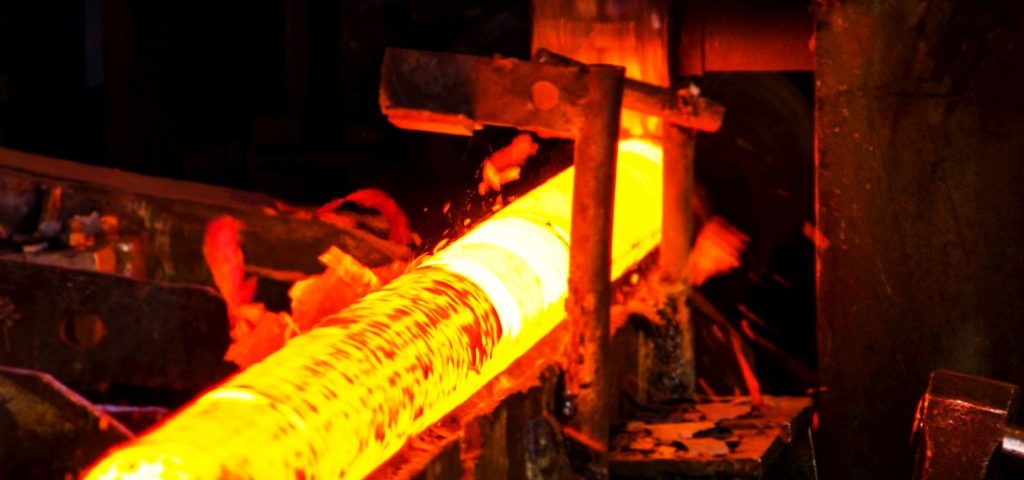
The material science and steels heat treatment. High-temperature thermomechanical treatment (httt)

The material science and steels heat treatment. Historical information on the materials science development
The steel tempering – is a heat treatment process, when steel heated to a critical temperature and rapidly cooled. This treatment purpose is to increase the hardness and strength of the detail with a decrease its plasticity.
The steel tempering in one environment
This tempering is easier to perform, but it can’t be used for all steels and steel products.
Rapid cooling of products with variable cross-section in a large temperature range contributes to occurrence the temperature unevenness and high internal voltages, called thermal voltages.
In addition to thermal voltages, the austenite transformation to martensite creates additional structural voltages, because this transformation occurs with a volume increase.
If detail has a complex shape or a variable cross-section, then volume increase passes unevenly and induces the internal voltages occurrence.
The high voltages presence can induce the product warpages, leashes, and sometimes cracking. Cracking occurs if the internal voltages magnitude exceeds the ultimate strength.
The more carbon content in the steel composition means more volumetric changes and structural voltages, and greater cracks risk.
Steel with a carbon content more than 0.8% tempered in one environment when products have simple shape (balls, rollers, etc.). Otherwise, the steel tempering preferred in two environments or by a stepwise tempering method.
The steel tempering in two environments.
This method has found wide application for the high-carbon steel tools tempering.
It consists in the following: details soak in water and cool to 500-550 °Ctemperature and then quickly transfer to oil and left them until completely cooled.
Stepwise steel tempering method
In this method, details quickly cooled by immersion in a salt bath with 250-300°C temperature. The holding at this temperature for 1.5-2 min should provide temperatures equalization throughout the product section, and eliminate thermal and internal voltages. Subsequent cooling carried out in the air.
The molten salt, saltpeter, low-melting metals use as coolant.
Stepwise steel tempering method reduces the internal voltages, warpage and cracks possibility.
Stepwise steel tempering method disadvantages
The disadvantage of this tempering method is that cooling in hot environments can’t provide a high cooling rate at 400-600 °C temperature range.
In this regard, stepwise steel tempering method can be used for carbon steel products with small cross-section (diameter up to 10 mm, for example, drills).
Stepwise steel tempering method is applicable to alloyed steels products with a larger cross-section (alloyed steels should have small critical tempering rate).
Steel tempering with cooling
In this case, the details remove from furnace and hold on the air for some time, before immersion in the coolant. Details should hold on the air until occurs a perlite or sorbitol structure decomposition. Holding time determines by a tempering practice.
Steel tempering with cooling reduces internal voltages, warpage and used only for thin and long details.
Steel tempering with cooling – the products heat to a 50-100°C temperature above the critical point Ac, the products hold at this temperature, the product slow cooling to a temperature close to Ac, the product further cooling with a speed higher than critical.
This steel tempering method used for fine-grain steel and cemented details, in order to reduce residual austenite at tempered layer structure and to reduce internal voltages and deformation during steel tempering.
Superficially steel tempering method
Some details during operation need to have a high surface hardness while maintaining a sufficiently viscous core (for example, a gear tooth or a crankshaft neck, etc.). In this case, the steel purposely tempered to a shallow depth, i.e. steel is superficially tempered.


